About Restorative Justice
Prison Transformation
In 2002, the Government appointed a Task Force to review the Penal Reform System in Trinidad and Tobago. The Task Force was headed by the then Commissioner. A report was submitted to cabinet for approval, listing more than forty (40) recommendations. One of the key recommendations was to implement a Restorative Justice philosophy throughout the criminal justice system. Cabinet approved all recommendations in 2007 and the journey towards corrections began.
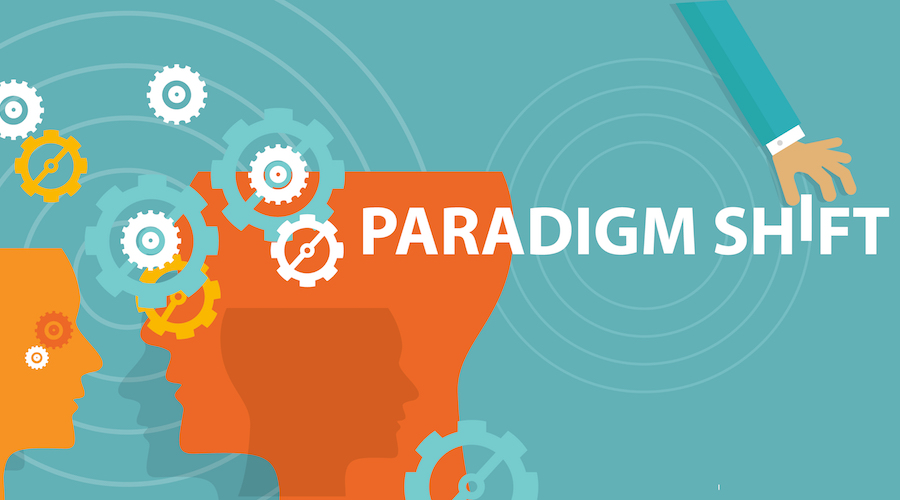
Paradigm Shift
The old philosophy was focused on retribution. The challenge faced by the Executives and staff is moving its entire operations, objectives, policies, rules and culture towards corrections. This is not an easy task but they are determined and committed to implementing this change which will benefit the offenders, officers, victims of the crime and society as a whole.
Strategic Objectives
There are five (5) strategic objectives that form the pillars of transformation and reform.

1. Protect
To protect the public and aid in crime prevention.
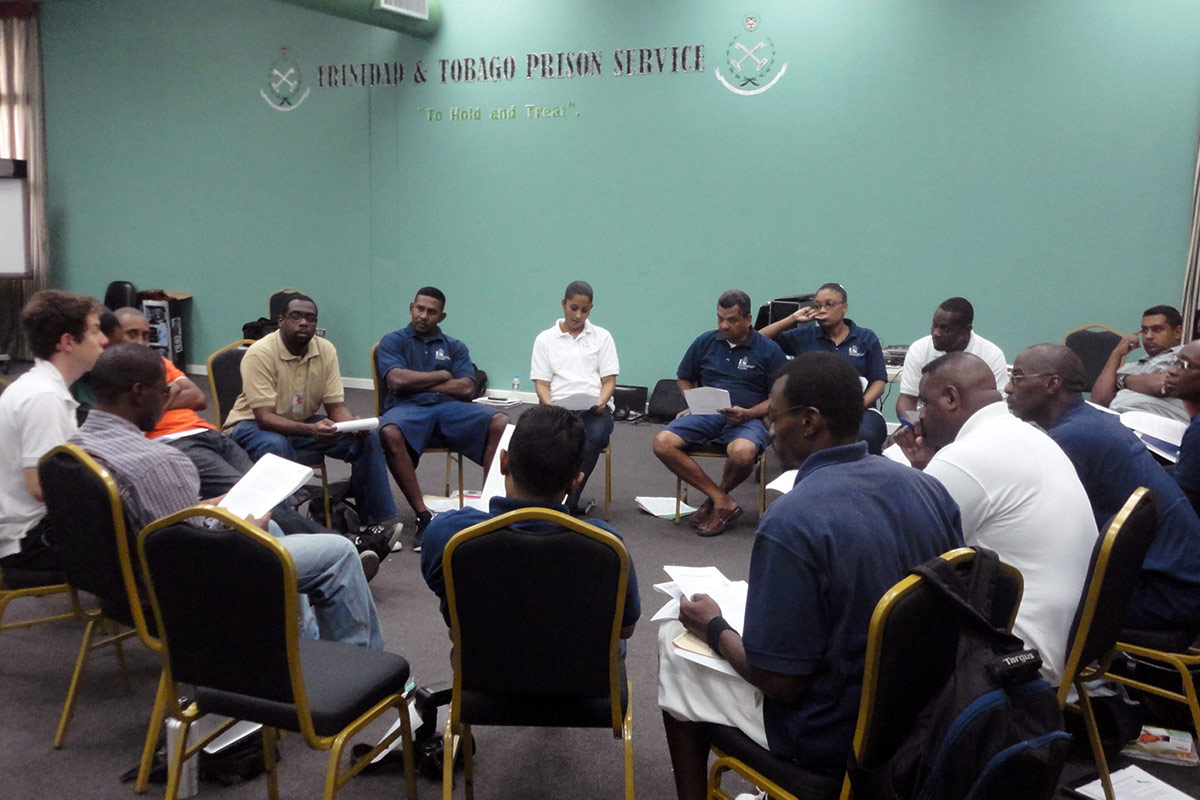
2. Correct
Improve educational, work and social life skills of offenders.

3. Relate
Improve community relations.
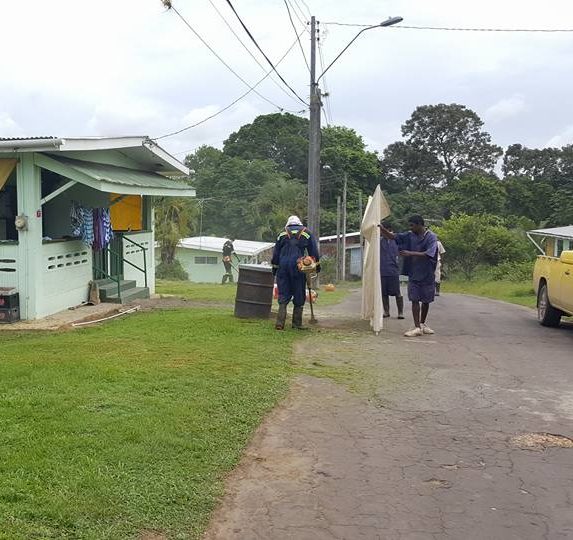
4. Reintegrate
Promote law-abiding behavior in custody and after release.
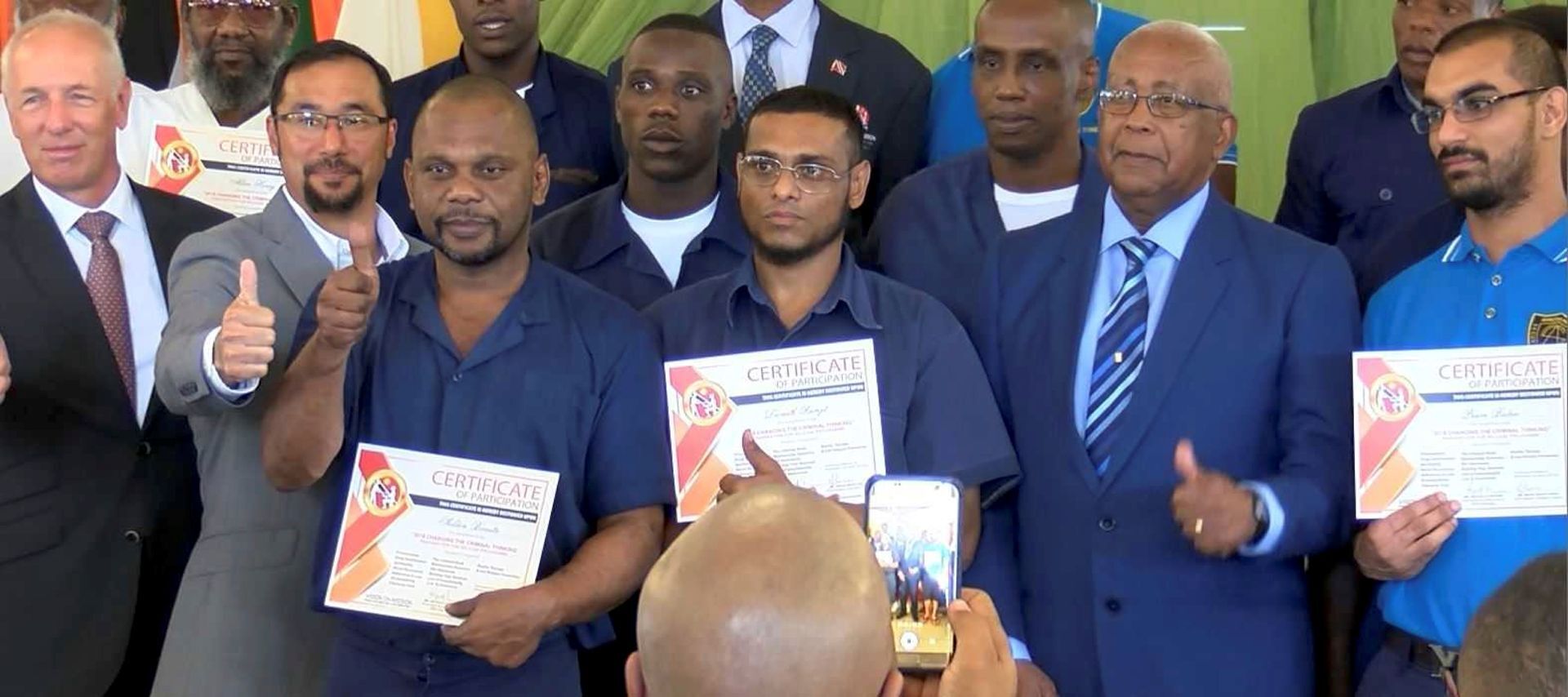
5. Restore
To reduce crime by addressing offending behavior.
Restorative Justice
Restorative justice is commonly defined as an approach to justice that focuses on addressing the harm caused by crime while holding the offender responsible for their actions, by providing an opportunity for the parties directly affected by the crime – victims, offenders and communities – to identify and address their needs in the aftermath of a crime.
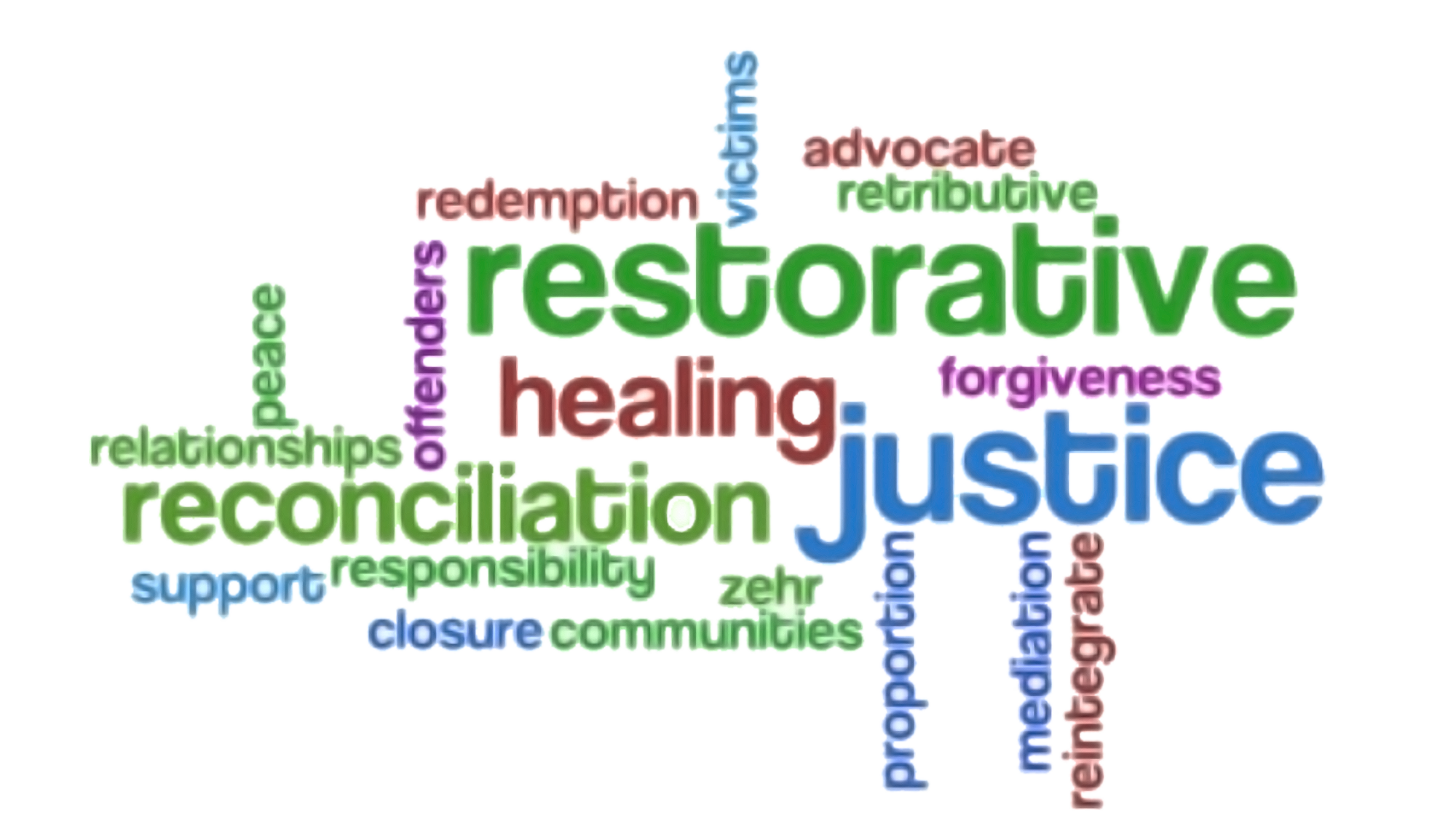
Offenders Under Restorative Justice System are:
- Held accountable and responsible for the offence committed.
- Provided with mentors, teacher and coaches.
- Empowered, retooled and encouraged.
- Rehabilitated and reintegrates into society.
- Trained and used as mentors to other offenders.
- Given compassion, support and shown patience.
- To work, learn, train, earn and repay.
- Encouraged to admit, seek forgiveness and make reparation to the victim.
Click here to download the United Nations Handbook on Restorative Justice Programmes
Reforming Offenders Through Rehabilitation and Promoting Holistic Development
There are continuous assessment and modification of the Rehabilitative Plan but the foundation remains the same five guiding principals for personal change and development which are the underpinning elements by which offenders lives are transformed – Spiritual, Physical, Academic/Educational, Vocational and Life Skills.

Rehabilitative Plan
A convicted offender upon entry into a facility moves through a Three (3) Phase System regardless of the sentence duration.

Phase 1 - Orientation
This phase is approximately three (3) months in duration it used to assess and determine the level of risk(s) and need(s) of the offender. A Rehabilitation ‘Treatment’ Plan is developed based on those specific needs.
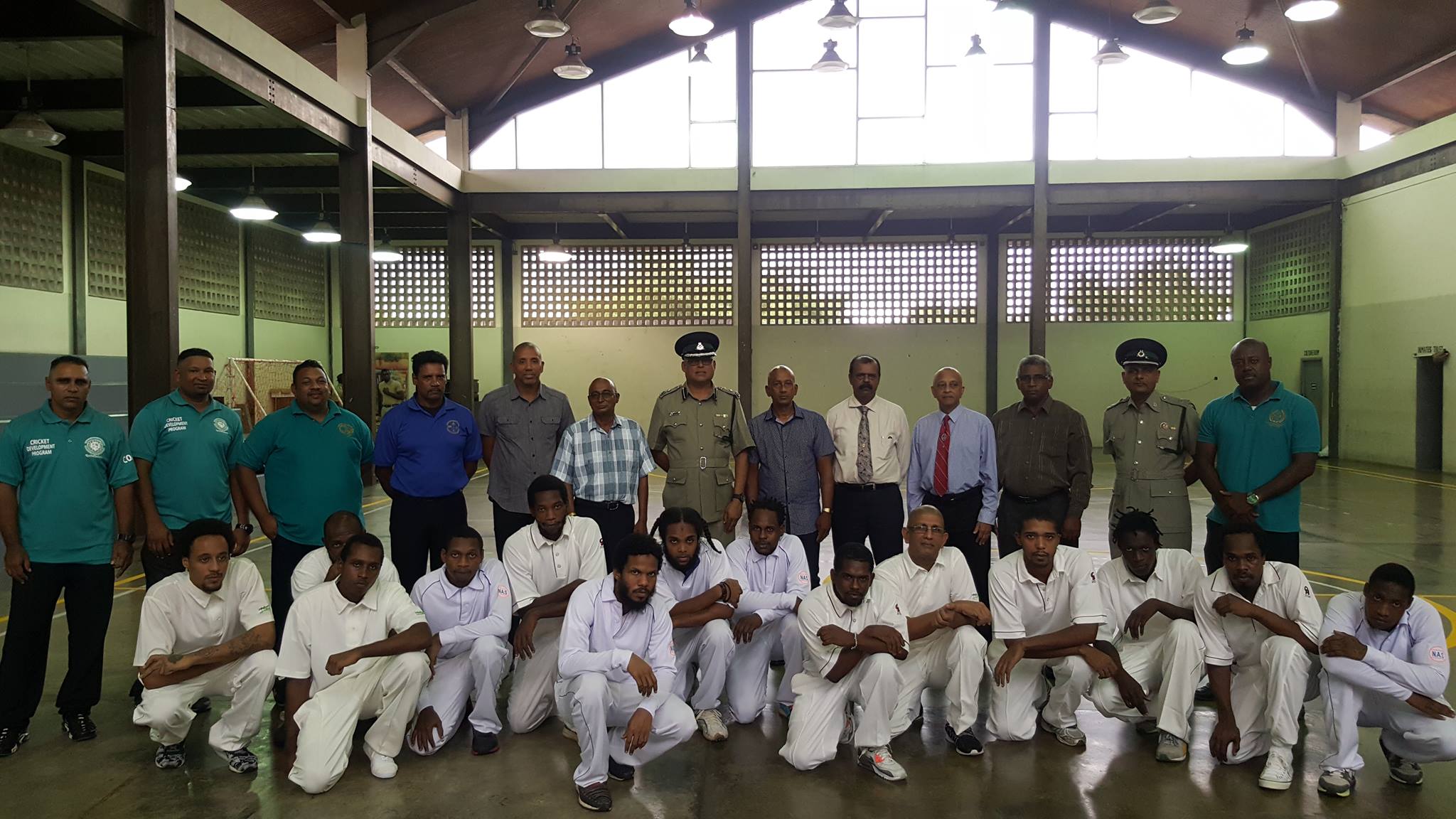
Phase 2 - Mid-Stream
At this phase the offender is exposed to holistic programmes based on his/her Treatment Plan which encompasses the following areas of Spiritual, Cultural, Emotional, Vocational, Physical and Academic Development.
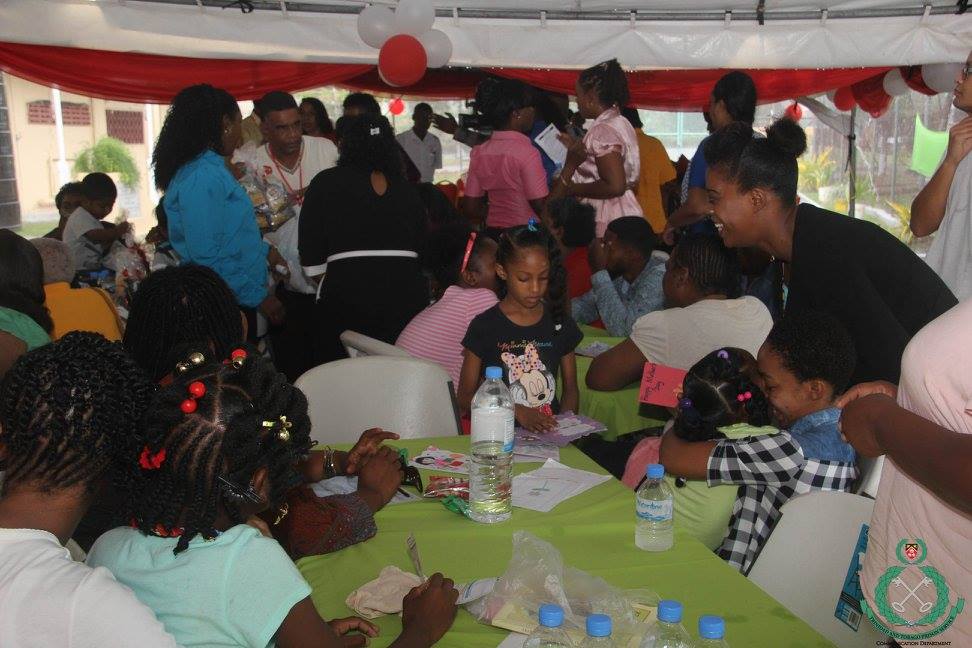
Phase 3 - Pre Release
This phase focuses on the offender for re-entry into society; usually this is done between 18 – 24 months prior to release. Special visits are arranged with family members to facilitate bonding. The offender is allowed external programmes. At this phase programmes and workshops are geared specifically with possible challenges the offender might face upon re-entry into society. These include job preparation, critical thinking, moral clarification, parenting and life skills.
